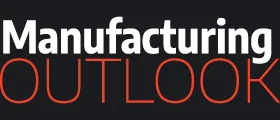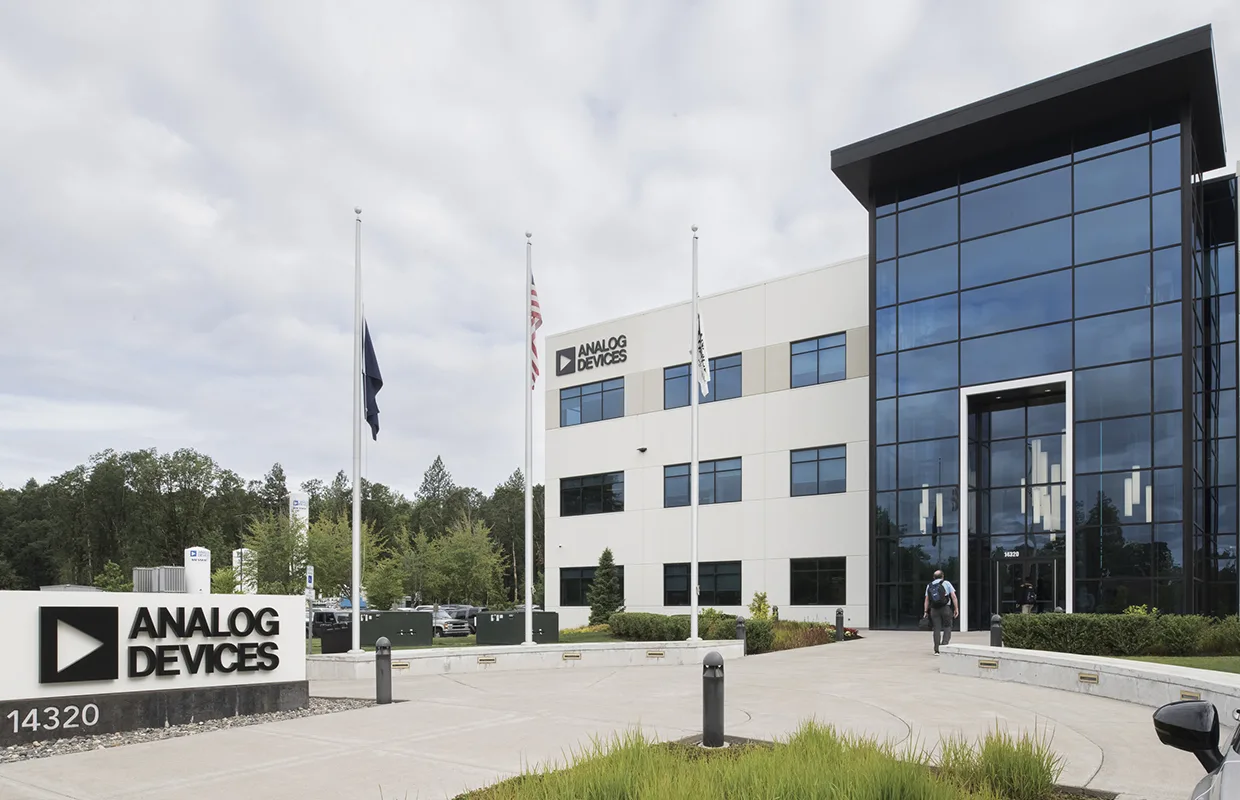Fiona Treacy, Managing Director of Industrial Automation, details how Analog Devices, Inc. bridges the physical and digital worlds to enable breakthroughs at the Intelligent Edge.
AHEAD OF WHAT’S POSSIBLE
A global semiconductor leader, Analog Devices, Inc. (ADI) combines analog, digital, and software technologies into solutions that help drive advancements in digitized factories, mobility, and digital healthcare, combat climate change, and reliably connect humans and the world.
With revenues of more than $9 billion in FY24 and approximately 24,000 employees globally, ADI ensures today’s innovators stay ‘Ahead of What’s Possible’.
“We don’t just make semiconductors – we work closely with customers and partners across key markets to identify needs and trends and innovate accordingly to meet these demands,” opens Managing Director of Industrial Automation, Fiona Treacy.
“We then co-create solutions at our purpose-built R&D center in Ireland, ADI Catalyst. This puts us at the forefront of shifting secular trends within a wide range of industries and regions.”
The diversity of ADI’s customers, markets, and applications has minimized the impact of sector downturns on the company and accelerated innovation during periods of growth.
By leveraging a global network of manufacturing facilities and external foundry partners, it has also created a more resilient hybrid manufacturing model.
“In light of recent turbulence within the semiconductor supply chain, this strength has shone through, allowing us to continue accessing more technology and create higher-performing solutions for our customers despite supply chain challenges,” Treacy notes.
“Thanks to this diverse approach, we can produce the 75,000+ products needed to meet the needs of our 100,000+ customers.”
“We don’t just make semiconductors – we work closely with customers and partners across key markets to identify needs and trends and innovate accordingly to meet these demands”
Fiona Treacy, Managing Director of Industrial Automation, Analog Devices, Inc.

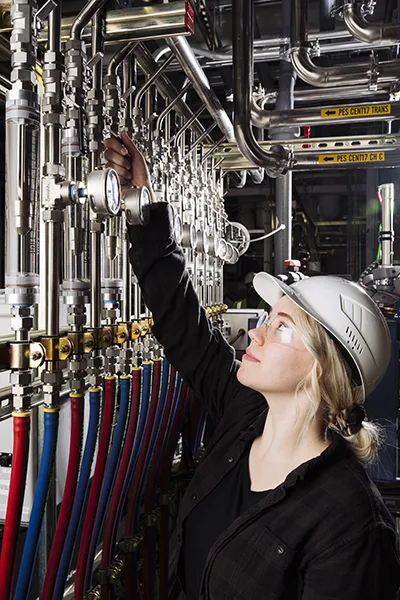
INTELLIGENT EDGE
The Intelligent Edge era is one of the most exciting developments in technology.
Indeed, it enables real-time computation and data storage near data sources, allowing ADI to glean intelligent insights quicker and save bandwidth.
This connectivity fuels new applications in Industry 4.0, autonomous driving, advanced communications, digital healthcare, and augmented and virtual reality, increasing the demand for analog semiconductors.
“ADI supplies the intelligent sensing and connectivity essential for these innovations and works closely with customers in many industries to bring intelligence to the edge,” outlines Treacy.
As part of the move to Industry 4.0, manufacturers are redesigning systems for efficiency and reengineering factories to deploy increased automation and robotics for more productive, hyper-agile manufacturing.
The industrial sector was responsible for a quarter of global emissions in 2022, and manufacturers are racing against the clock to meet climate goals, fueling a fundamental shift in how factories are built and upgraded.
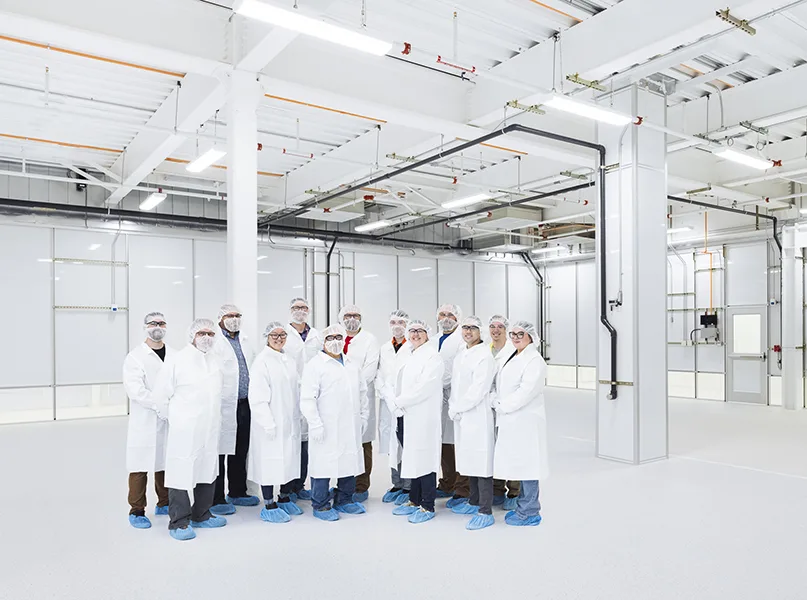
The ability to make informed decisions based on real-time data is also critical for the move to more sustainable and efficient manufacturing.
In order for digital factories to be successful, machines – such as cobots – need to be able to securely sense, measure, and interpret the real world.
This requires converting analog data, including pressure measurements or vibrations, to digital data to allow for more signal processing.
“The highest quality data is found at the Intelligent Edge, closest to where it is generated. Edge sensing technologies enable the collection and processing of data at the source, providing immediate insights into operational performance,” Treacy insights.
“This real-time data is crucial for identifying inefficiencies, reducing energy consumption, and minimizing waste. In fact, edge-based analytics can reduce power consumption by as much as 98 percent compared to comparable cloud-based solutions.”
“In a competitive environment where sustainability goals are critical, manufacturers must rethink their operations to stay agile and efficient”
Fiona Treacy, Managing Director of Industrial Automation, Analog Devices, Inc.
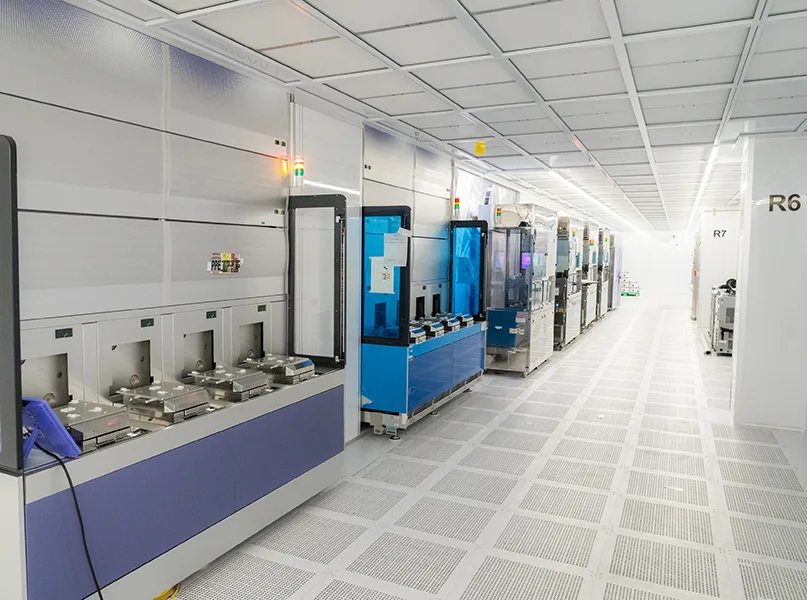
DATA-DRIVEN DECISIONS
Industrial automation technology (IAT) increases productivity across factory floors and process plants, enables customized output with flexible manufacturing, and produces Intelligent Edge insights that reduce raw material usage and energy consumption.
The transformative power of IAT lies in its ability to integrate real-time insights, edge computing, and precision sensing to re-engineer factory floors.
“In a competitive environment where sustainability goals are critical, manufacturers must rethink their operations to stay agile and efficient,” affirms Treacy.
By capturing data at the Intelligent Edge, IAT empowers manufacturers to make smarter, data-driven decisions in real time, optimizing production flows, enhancing energy efficiency, and reducing waste.
It goes beyond improving existing processes by enabling hyper-agile manufacturing, where operations can quickly adapt to market shifts and changing customer demands.
“IAT drives flexibility and scalability through more automation and robotics, enabling manufacturers to micro-target inefficiencies and optimize energy use,” Treacy concludes.

